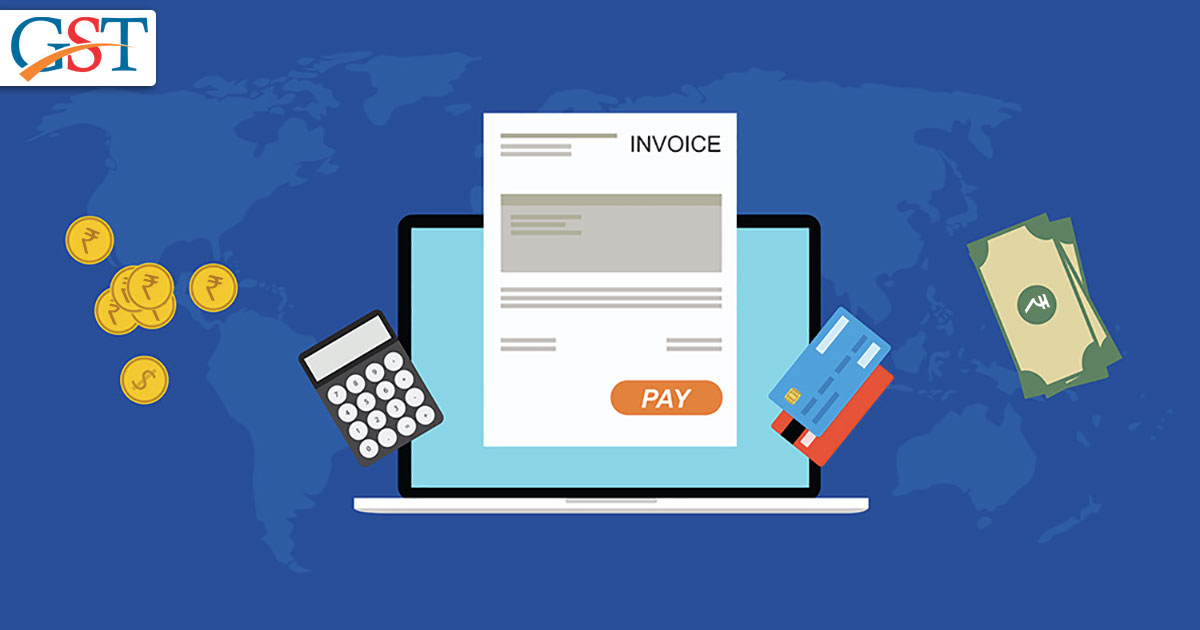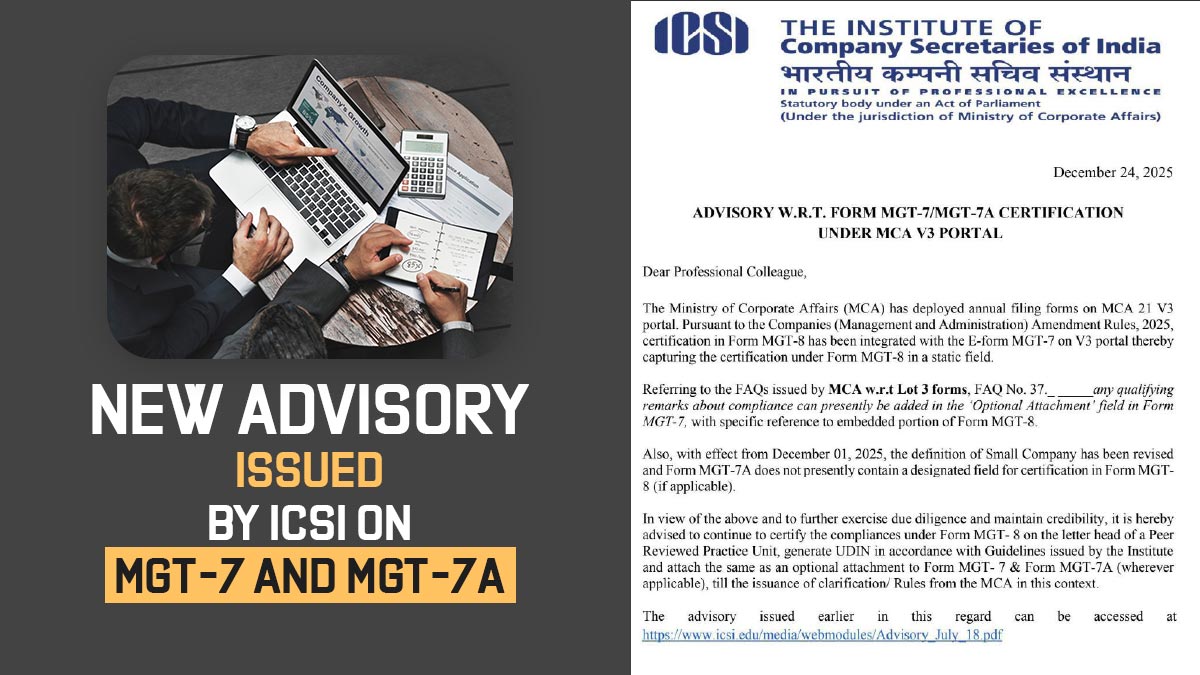The new financial year brings along new rules and regulations like new alterations regarding Aadhaar cards, GST, etc but there is no compulsion for fresh invoice number with the beginning of the new financial year. Rule 46 of the CGST Act does not bind any taxpayer to start a new invoice series for the new financial year, and they can continue from where they left by the end of the last financial year.
Rule 54 of CGST Rules Read as Follows:
Tax invoice in special cases.- (1) An Input Service Distributor invoice or, as the case may be, an Input Service Distributor credit note issued by an Input Service Distributor shall contain the following details:-
(a) name, address, and Goods and Services Tax Identification Number of the Input Service Distributor;
(b) a consecutive serial number not exceeding sixteen characters, in one or multiple series, containing alphabets or numerals or special characters hyphen or dash and slash symbolized as- “-“, “/” respectively, and any combination thereof, unique for a financial year;
The taxpayer can carry on with the invoice serial number from where he left on the 31st March. But one point to be taken care is that the combination series of such invoice number must be unique for a particular financial year.
However, if a taxpayer wants to start afresh invoice number series, he/she can do so but it is not mandatory for anyone. For instance, if the Last invoice of FY 18-19 was SAGInfotech/ 99/2018-19, then it depends solely on taxpayer whether he wants to continue with the series of SAGInfotech/ 100/ 2019-20 or wants to start afresh with SAGInfotech/ 01/ 2019-20.
Read Also: All About Invoice Matching & GST Forms Reconciliation Concept
The only thing required is the UNIQUE combination of series for the respective Financial Year. The series cannot be simply SAGInfotech/ 100/ 2018-19 or SAGInfotech/ 01/ 2018-19 for the invoice issued in FY 2019-20. Relevant Text of Rule 46 states a unique combination series as a consecutive serial number limiting up to sixteen characters including alphabets or numerals or special characters hyphen or dash and slash symbolized as “-” and “/” respectively, and any combination like this which is unique for a particular financial year.










